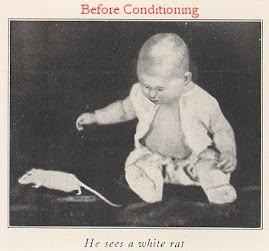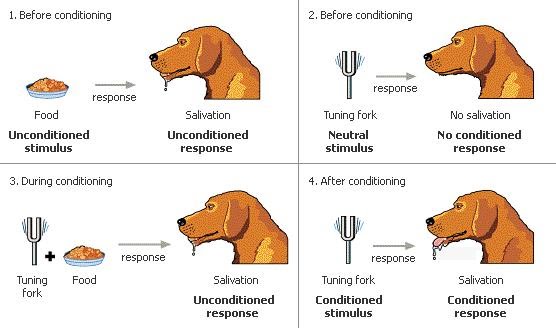
John Broadus Watson (January 9, 1878 – September 25, 1958) was an American Psychologist who established the psycologist school of behaviorism, after doing research on animal behavior. He also conducted the controversial "Little Albert" experiment. Later he went on from psychology to become a popular author on child-rearing, and an acclaimed contributor to the advertising industry. He later conducted the Little Albert expririment that treated about this baby that was condition to fear to a rat, a dog, a stuff animal and furry mask.
The first paragraph of the article concisely described Watson's behaviorist position:
“Psychology as the behaviorist views it is a purely objective experimental branch of natural science. Its theoretical goal is the prediction and control of behavior. Introspection forms no essential part of its methods, nor is the scientific value of its data dependent upon the readiness with which they lend themselves to interpretation in terms of consciousness. The behaviorist, in his efforts to get a unitary scheme of animal response, recognizes no dividing line between man and brute. The behavior of man, with all of its refinement and complexity, forms only a part of the behaviorist's total scheme of investigation.”












